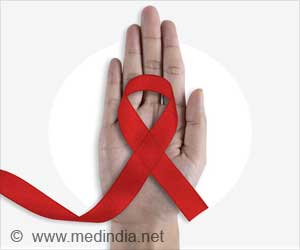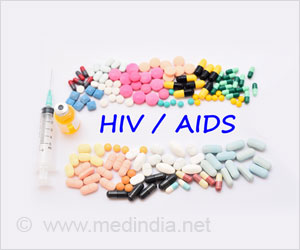Circumcision of men with HIV does not reduce the risk of infection for women, according to a study published on Friday by The Lancet.
Circumcision of men with HIV does not reduce the risk of infection for women, according to a study published on Friday by The Lancet.
Male circumcision unleashed a wave of optimism among AIDS campaigners three years ago when trials in Kenya, Uganda and South Africa found foreskin removal more than halved men's risk of infection by the human immunodeficiency virus (HIV).Last year, longer-term analysis of one of the trials found the benefit to be even greater than thought, with a risk reduction of 65 percent.
One of the big questions, though, is whether male circumcision could also reduce the risk for women who have intercourse with an HIV-infected man.
The answer, according to a randomised trial carried out in Uganda, is a clear "No."
Doctors enrolled 922 uncircumcised Ugandan men aged 15-49 who were badly infected with HIV but who did not show any symptoms.
Half of the group then had circumcision, while the other half remained uncircumcised.
Advertisements
All participants were intensively schooled in HIV prevention.
Advertisements
Analysis of data after two years made it clear that there was no protection: 18 percent of women in the circumcised group who were examined at the follow-up point had become infected, as opposed to 12 percent in the control group.
Most of the infections in the circumcised group occurred within six months after circumcision.
This may have been because some of the men had intercourse without giving time for the circumcision wound to heal properly, thus exposing the woman to HIV-infected blood in the vagina.
That finding was surprising and provides a lesson for programmes to promote male circumcision as a cheap, effective method of preventing HIV among men, say the authors.
Men who undergo circumcision must be closely counselled about strictly observing sexual abstinence until the wound heals, and about also using condoms to stop infecting their partner.
The doctors, led by Maria Wawer of the Johns Hopkins Bloomberg School of Public Health in Baltimore, Maryland, say they were disappointed with the outcome.
They stress, though, that circumcision campaigns are still valid.
Even if women do not directly benefit from male circumcision, they get an indirect advantage, because the fewer men who are infected with HIV, the lesser the risk to women.
A study published in October last year in the Journal of the American Medical Association (JAMA) found that the protective benefit of circumcision to male heterosexuals does not appear to extend to male homosexuals.
Among 53,567 men who reported having male sexual partners, researchers found little difference in the rate of HIV infection between those who were circumcised and those were not.
The theory behind the effectiveness of circumcision is that the inner foreskin is an easy entry point for HIV. It is rich in so-called Langerhans cells, tissue that the AIDS virus finds particularly easy to latch on to and penetrate.
Other questions surrounding circumcision campaigns are the need to ensure that operations are done hygienically and with the full knowledge and consent of the male.
Source-AFP
LIN












